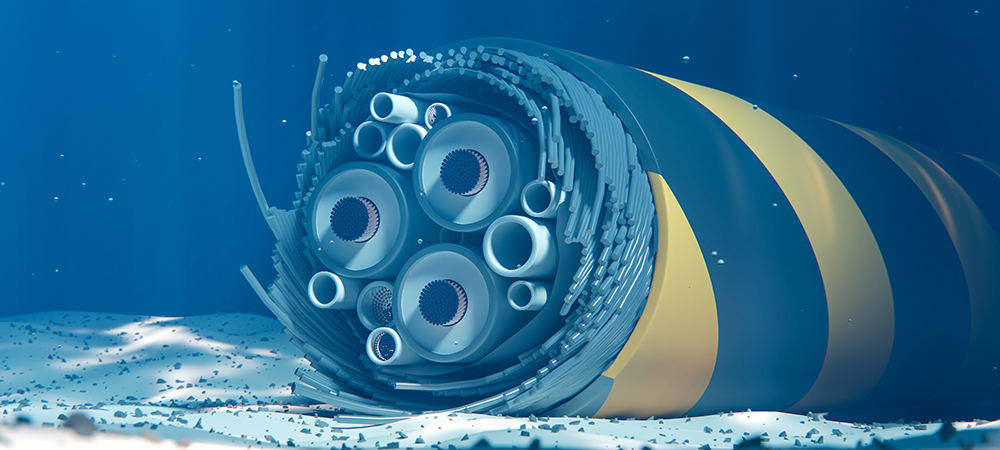Tests will lay the foundation for investigating the potential use of existing seafloor cables as detectors for tsunami early warning systems.
Scientists from the UK’s National Physical Laboratory (NPL) and the Measurement Standards Laboratory (MSL) in New Zealand are set to carry out the first ever optical interferometry-based earthquake sensing tests in the Pacific Ocean.
By performing ultra-sensitive optical measurements, scientists from the two laboratories will ‘convert’ a seafloor cable extending offshore from New Zealand into an array of sensors for earthquakes and ocean currents.
These tests will lay the foundation for investigating the potential use of existing seafloor cables as detectors for tsunami early warning systems.
The technique was first pioneered by NPL in 2021 and derived from techniques used for quantum science. It uses existing optical fibre infrastructure to gather continuous, real-time environmental data from the seabed.
NPL previously demonstrated the technique in the Atlantic Ocean on a 5,860km-long intercontinental submarine optical fibre link between the UK and Canada.
NPL and the MSL will test the technique later this year on a section of the 3,876km-long Southern Cross NEXT cable on the floor of the Tasman Sea between New Zealand and Australia.
Giuseppe Marra, Principal Scientist, NPL, said: “This exciting UK-NZ joint project will enable NPL’s pioneering seafloor cable-based environmental detection technique to be tested in one of the most seismically active regions of the world, significantly advancing research on innovative environmental sensing techniques, with impact on a number of science areas, from seismology to oceanography, as well as future societal applications, such as in early tsunami warning systems. “
Annette Koo, Director and Chief Metrologist, MSL, said: “MSL is delighted to partner with NPL to bring this potentially powerful technology to the Pacific. It is another beautiful example of improvement in measurement giving us access to depths of information that in turn push the limits of our metrology. Not only that, but we see precision measurement underpinning our aspirations for a sustainable future. Our earliest timekeeping devices – calendars – allowed us to live according to the rhythms of our natural world. And now the next generation of clocks is unlocking a new richness of insight into our planet.”
Dean Veverka, CTO, Southern Cross Cables, said: “We are very excited to collaborate with NPL and MSL on this project.
“Southern Cross has a proud history of supporting initiatives designed to benefit the Pacific Island communities, we are thrilled to continue this through the development of NPL’s technology and the first trial of this in the Pacific.
“The 45,000km of the Southern Cross cable ecosystem spans the Pacific three times and once this technology is implemented the societal impact that early detection of seismic activity will have on the Pacific communities can be life changing.”



